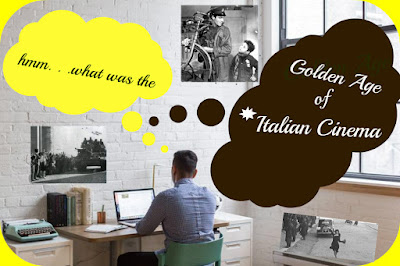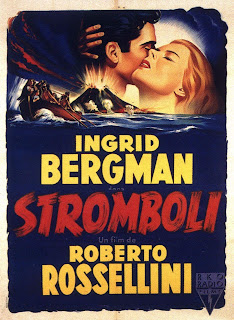Search This Blog
Wednesday, June 8, 2016
Monday, June 6, 2016
EarthOceanFire: Film Noir
EarthOceanFire: Film Noir: http://www.earthoceanfirejewelry.com Film Noir. . . ...
Classic Film Noir and Neo Noir
Film Noir. . .
The term "film noir" (film n'war), literally black and white film, was coined by French film critics (first by Nino Frank in 1946) who noticed the trend of how dark and down beat the looks and themes were of many American films released in France following the war.
Humphrey Bogart and Lauren Bacall
These two were madly in love in real life and Bogart divorced his wife and married Bacall. They stayed married for 10 years until his death (Jan 14, 1957.) They starred in several great films together. I have seen all of these and I recommend you taking the time to watch them on your next movie night!
"To Have and Have Not" (1944) they met on this set
"The Big Sleep" (1946) considered one of the greatest "film noir"
"Dark Passage" (1947)
"Key Largo" (1948)
Photos below are Fred MacMurrey and Barbara Stanwick
"Double Indemnity" (photo above) is another one of the most famous "film noir"movies, starring Fred MacMurrey, Barbara Stanwick and Edward G. Robinson. An insurance investigator falls for a woman who talks him into a fraud scheme involving murder. Barbara Stanwick is the "film noir femme fatale" in this one.
Classic film noir developed during and after World War II, taking advantage of the post-war atmosphere of anxiety, pessimism and suspicion. It was a style of black and white American films that first evolved in the 1940s and lasted until about 1960 (marked by the last film of the era, Orson Wells' "Touch of Evil" 1958.)
Usually murder in addition to greed and jealousy are elements of "film noir." Before the term "film noir" was widely accepted in the 1970s, many of these classic films were referred to as "melodramas."
Kirk Douglas
"Out of the Past" is one of my favorite "film noir" films starring Kirk Douglas and Robert Mitchum along with Jane Greer.
Robert Mitchum (Jeff) a private eye, escapes his past and runs a gas station in a small town, but his past catches up with him. Now, he is pulled back into a dangerous world by a crime boss, Kirk Douglas (Whit) and a double-crossing dame Jane Greer (Kathie.) Jane Greer is playing a stellar role as a "film noir femme fatale." (photo below)
Thank you for visiting!
You can find many of these movies streaming online.
We have made a PDF file for you of a comprehensive list of "flim noir" both classic and a few newer ones. The info includes Title, date, brief description, actors and where to find streaming. It is a list of about 7 pages for you to print out and use for your movie watching list.
We automatically send this for FREE to everyone who follows our weekly newsletter. Follow us with you e-mail
here:
or our men's website http://www.earthoceanfirejewelry.com
or our new women's websitehttp://www.earthoceanfirewomen.com
Here are a few very good sites for more study:
AMC http://www.filmsite.org/filmnoir
IMDB http://www.imdb.com
YouTube http://www.youtube.com
Also Roger Ebert, for individual film reviews.
Roger Ebert http://www.rogerebert.com
Subscribe to:
Posts (Atom)




















